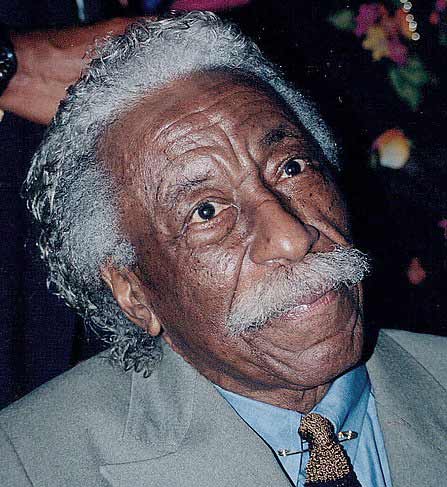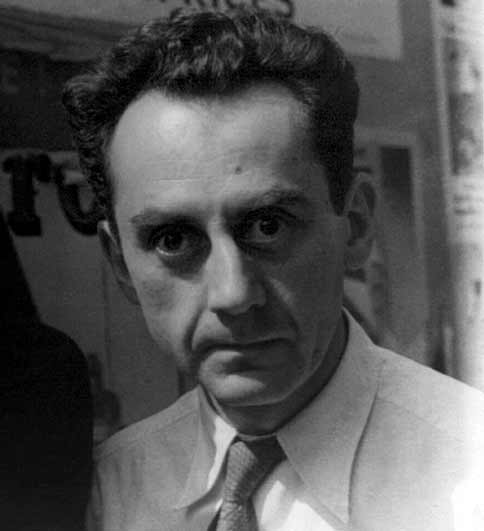| Full Name | Gordon Roger Alexander Buchanan Parks |
| Date of Birth | November 30, 1912 |
| Place of Birth | Fort Scott, Kansas, U.S. |
| Date of Death | March 7, 2006 (aged 93) |
| Place of Death | Manhattan, New York City, U.S. |
| Professions | Photographer, composer, author, poet, film director |
| Notable Works | Life photographic essays, Shaft, The Learning Tree, Solomon Northup’s Odyssey, A Choice of Weapons (memoir) |
| Children | Gordon Parks, Jr., David Parks, Leslie Campbell Parks, Toni Parks-Parsons |
| Awards | NAACP Image Award (2003), PGA Oscar Micheaux Award (1993), National Medal of Arts (1988), Spingarn Medal (1972) |
| Early Life | Youngest of 15 children, attended segregated elementary school, faced racial discrimination in high school |
| Significant Achievements | Prominent in U.S. documentary photojournalism, particularly in civil rights and poverty issues; first black American filmmaker to direct films within Hollywood |
| Notable Contributions | Iconic photos of poor Americans during the 1940s, creation of the “blaxploitation” genre, director of The Learning Tree, the first feature film by a black director |
| Family Background | Son of Andrew Jackson Parks and Sarah Ross; father was a farmer |






